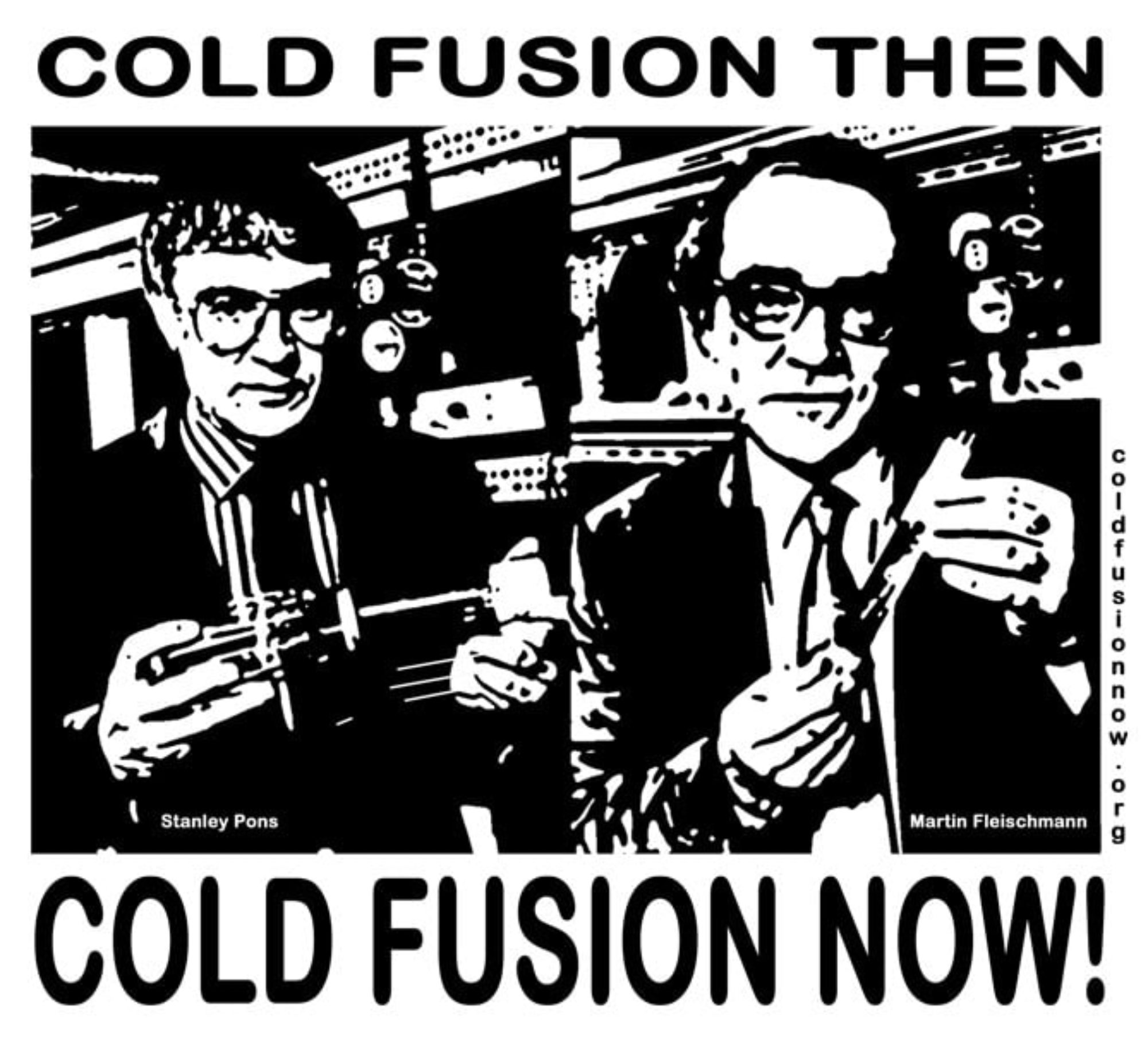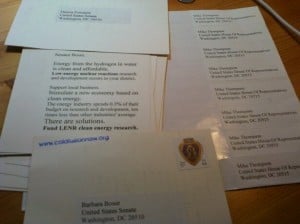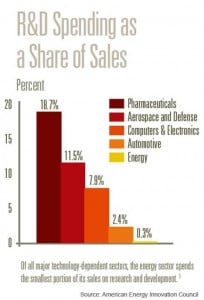Steven Krivit, editor of New Energy Times, has released his third report on Andrea Rossi’s E-Cat, and the report is every bit as long as he had claimed. The report is largely critical of the claims made for the energy catalyzer, and of the way Andrea Rossi, Sergio Focardi, and Giuseppe Levi have attempted to establish those claims. Although most of the criticisms have been made elsewhere, Krivit has helpfully (for those critical of Rossi’s claims, at least) provided a clearinghouse for them.
Krivit’s report includes 37 appendices, but the essence of his criticism is contained in his main report:
The first concern is a question of the quantity of the steam. That is, how much steam has been visually observed coming out of the experiments? How does this amount and rate compare with the predicted amount and rate of steam from a 5 kilowatt power source?
The second concern is the method the Rossi group used to measure (or fail to measure) the output of the experiment. How did the group perform the measurement of the heat outflow, or steam, in the experiments?
The third concern is the quality of the steam. A higher-quality (or drier) steam output contains far more heat than a lower-quality (or wetter) steam. How did the Rossi group measure (or fail to measure) the quality of the steam coming out of the experiments?
None of these concerns is likely to be resolved before the demonstration in the last week of October (according to Rossi’s current timeline), and it is questionable if Rossi’s demonstration will directly answer those concerns, or if it will leave them for buyers of E-Cat technology to answer to their satisfaction. In an answer to a question by Prof. Brian Josephson concerning that matter on his website, Rossi emphasized that many important scientists and journalists would attend the test, and insisted that the E-Cat is producing perfectly dry steam in recent tests, but did not answer Prof. Josephson’s point about measuring the water and/or steam output of the reactor.
There seems to be a general agreement among both optimists and skeptics of a technical bent that this is an important weakness of Rossi’s demonstrations so far. One section of Krivit’s report concerns a presentation Francesco Celani delivered at the 16th International Conference on Condensed Matter Nuclear Science (ICCF-16) in Chennai, India, in February of this year. A diagram in this presentation pointed out the importance, when testing a black box (i.e. a device the internals of which are unknown), of measuring all inputs and outputs. In Rossi’s demonstrations, on the other hand, he measured the inputs (water and electrical power) and presumed to measure the temperature inside the black box itself (unnecessary when one is attempting to demonstrate simply that the black box functions), but failed to measure the output (steam and/or water).
The arguments supporting Krivit’s claim that the E-Cat achieves an energy gain of only one or two times input power are contained in the appendices to the main report. Krivit does not deny the possibility of achieving excess heat from nickel-hydrogen reactions and emphasizes that he has covered the field on various occasions before. His criticism here is of Andrea Rossi and his collaborators. He does not directly accuse Rossi of devising a hoax or a scam, but he mentions several ways (private investment, purchase of franchises from Defkalion) in which money has presumably already changed hands, and therefore a scam is possible, whether or not it is probable. Regarding the charge, made more or less openly by both Andrea Rossi and Daniele Passerini (link is in Italian), that Krivit is in cahoots with Francesco Piantelli, Krivit does not address it directly, but says in his report: “I have not seen Piantelli for a few years, but I have been in touch with him recently to confirm the history of his research.”
Perhaps most interesting, because it’s news, is the last section of Krivit’s report, which confirms Rossi’s meeting with members of NASA’s Marshall Space Flight Center in Huntsville, Alabama, and identifies Michael A. Nelson as the man who arranged the meeting. According to Nelson, as reported by Krivit, Rossi made no demonstration and no agreement had yet been made between Rossi and NASA, but NASA is interested in testing Rossi’s device as long as the government doesn’t have to foot the bill. Nelson is eager to find out the truth about Rossi’s device, whatever it may be. These words from him are worth quoting here:
Rossi has brought a lot of attention to the field. Any researchers who have a legitimate claim are going to benefit from this.
Whatever else he may be, it appears Andrea Rossi is a catalyst of sorts.
************************************************************
Related posts:
Mr. Rossi talks E-Cat. — Ruby Carat June 21, 2011
Mr. Rossi calculates the E-Cat’s energy — Ivy Matt June 24, 2011
Krivit’s second report: Rossi evades scientific debate — Ivy Matt June 28, 2011
Coming soon: Krivit’s third report — Ivy Matt July 29, 2011


